Episode 46: 5 Tips for Bringing Up Your Horses Energy
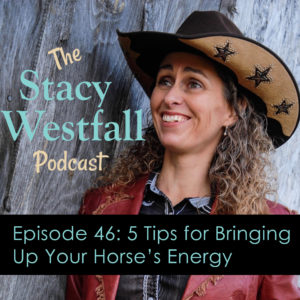
I received a listener question about how to bring up a horse’s energy level. If you have a question you would like answered hit the tab on the right side and leave a voice message. This listener has a thoroughbred who is very obedient but lacks exuberance. She wants to up the energy but doesn’t want to punish the horse.
I’m going to answer this question by sharing five tips that will bring up the horses energy and go into detail on each one. The five tips are: Be confident that you actually want an enthusiastic horse. Be more expressive with your body. Create patterns of anticipation. Exaggerate the upward transitions, and work shorter but more intense sessions.
“You have to make sure that you exaggerate the release on the upward.” Stacy Westfall Click To TweetShow Notes:
[02:18] Be confident that you want a more enthusiastic horse. Be aware that when you bring the enthusiasm level up that other things can come out.
[04:03] When horses bring up the enthusiasm, especially horses that can be really athletic, you can feel the collection of energy that happens right before they buck.
[05:43] Sometimes I’m rewarding a horse for being a little more sluggish, but I’m aware that I’m doing that because I want to build a foundation.
[06:04] Be more expressive with your body. Watch that you’re isn’t super tight and precise. A lot of times when people describe using a whip or stick to bring up energy, they will be very rigid and tight with their body.
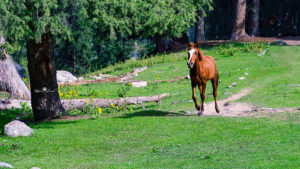
[08:04] We want the horse to be connected with us, but make some video and see what you are expressing with your body.
[08:57] Create patterns of anticipation. I’m going to call this a pattern of positive anticipation.
[10:44] I use the diagonal across the arena to do a lengthening. If you become consistent with the pattern of anticipation, you will see the horse start to speed up there.
[13:14] You have to really understand what you’re doing when you start amping up the speed.
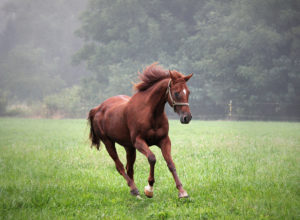
[15:28] Make the horse feel like the upward is something they get a reward for and make the downward less appealing.
[16:37] Work shorter more intense sessions.
[16:51] Let’s say every day you get on your horse and run up the road and then walk it back home. This is an exaggerated version. Think how you can add some of this to your current work plan.

[17:39] Sometimes people are very diligent about following the clock. If you have a long ride and your horse is slow at the end and then gets rewarded by the ride ending, the solution would be a shorter ride where he would be exuberant the whole time.
[19:14] Reward the exuberance by trying a shorter ride like 15 minutes, so they can give you a little bit more.
[20:52] Short work cycles can work really well when you need a break, but long work cycles are needed to build up strength.
[21:27] The quickest way to get away from using the stick is to be consistent with your follow-through and use positive anticipation.
“Reward the exuberance by trying a shorter ride like 15 minutes, so they can give you a little bit more.” Stacy Westfall Click To Tweet
Links and Resources:
Equithrive Use the code STACY for 10% off and Free Shipping
1 Comments
Leave a Comment
SUBSCRIBE TO THE PODCAST HERE:
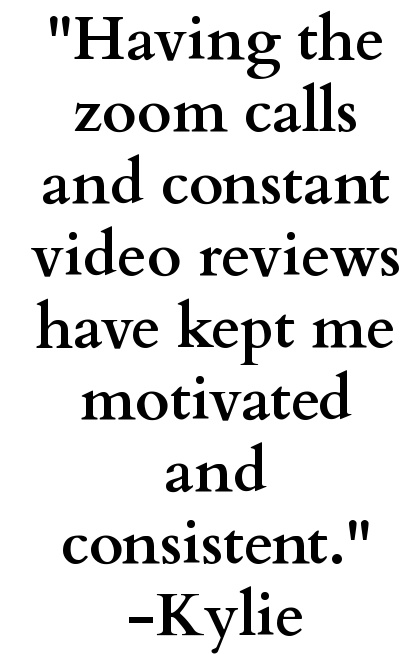
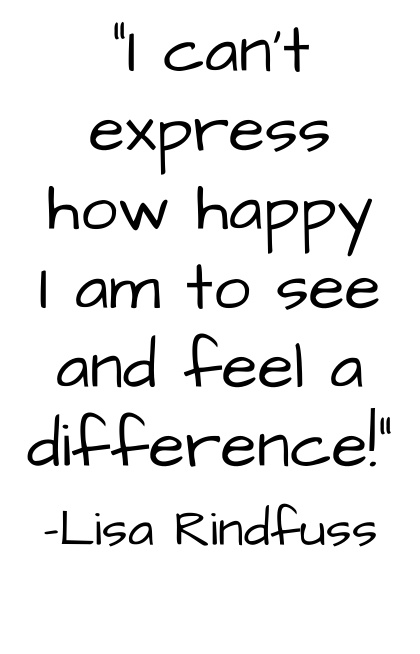
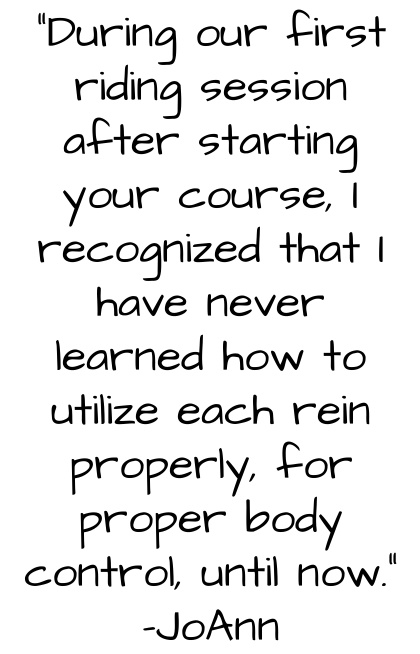
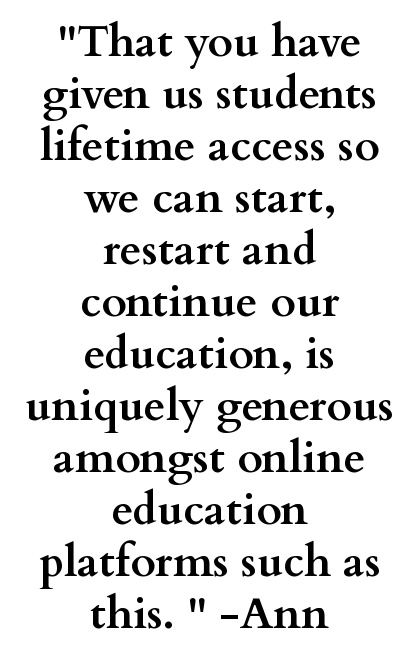
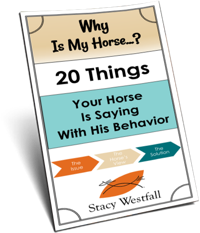
YOURS FREE
WHY IS MY HORSE...?




Thank-you Stacy this podcast is just what I needed to help me with my 3 yr. old who can be very less exuberant